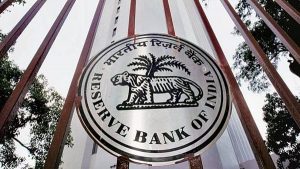Risk Weight : RBI

The Reserve Bank of India (RBI) has increased the cost of funds for banks and non-bank financial companies (NBFCs) by increasing the risk weight of such loans.
- The Reserve Bank of India has raised the risk weight on consumer credit by banks and NBFCs to 125%, compared to 100% earlier.
- Risk weight is every rupee lent by the bank is a cost or has an implication on its capital position.
- These are used to determine the minimum amount of capital a bank must hold in relation to the risk profile of its lending activities and other assets.
- The Reserve Bank of India decided in April 1992 to introduce a risk-asset ratio system for banks (including foreign banks) in India as a capital adequacy measure in line with the Capital Adequacy Norms prescribed by the Basel Committee.
- Lower the risk weight, lower the rate of interest. Therefore, risk weights impact borrowers indirectly and are felt through the pricing of loans.
- The increase in risk weights by the RBI will elevate funding costs for NBFCs and impact capital requirements.




